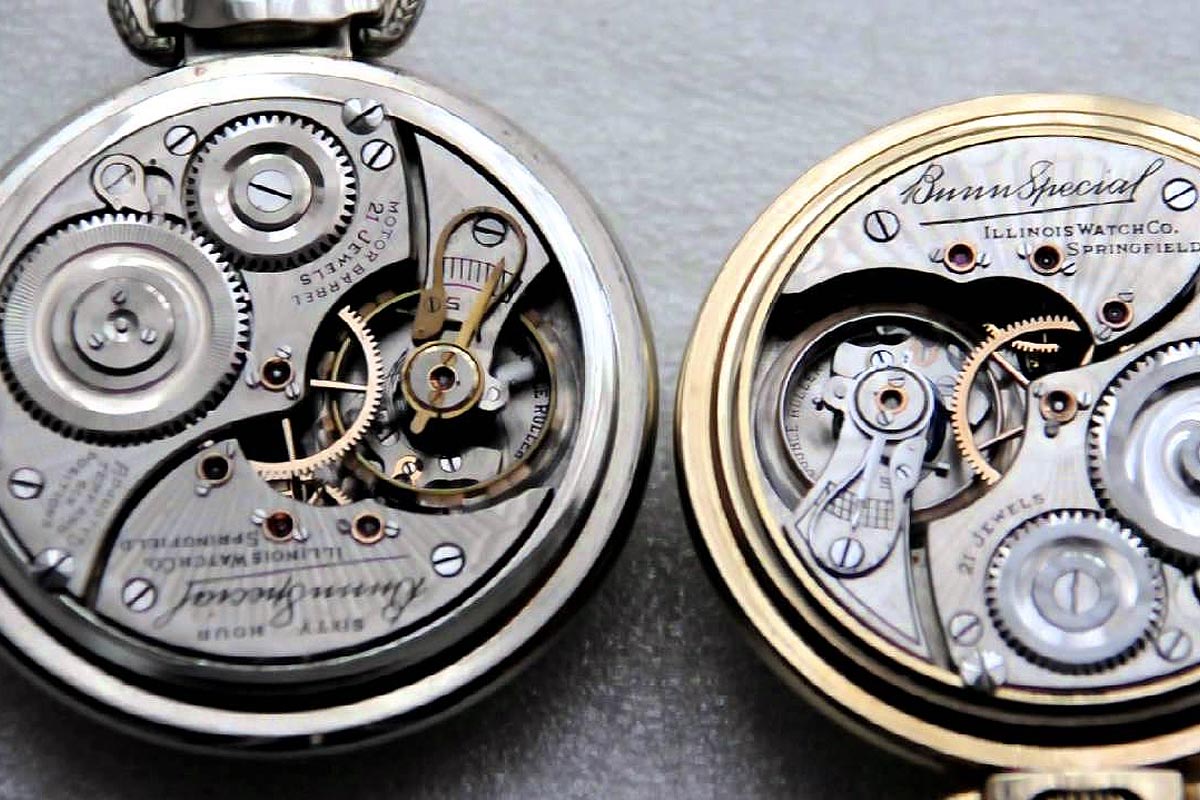Every time the balance wheel swings back and forth it causes what we refer to as a beat or a tick. The maximum angle that the balance can swing from its position of rest is the amplitude. When the balance wheel is in a horizontal position on your wrist the amplitude will typically be between 275 and 315 degrees before spinning around the opposite direction another 275 to 315 degrees. Amplitude is higher, typically in the range of about 270 to 315 degrees, when a watch is lying flat or in the “dial up” or “dial down” position. It usually falls when the watch is in a vertical position, primarily due to increased friction. It can also fall as the watch winds down and the mainspring delivers less power. Amplitude that is too high or too low, or that changes too much in different positions, can indicate a problem with the movement.
Maintenace for a healthy amplitude
Poor amplitude will affect the time your watch keeps which is why it’s important to measure the it and properly maintain your watch. In time, the amplitude of all deferred-maintenance watches will fall, the timing will suffer, and damage will begin to occur as the mainspring pushes against mounting friction. Eventually, this damage will become catastrophic and stop the watch. In most cases, just as long as no dirt or water gets in, and the oil doesn’t dry out, the watch will continue to perform as it should. Having your amplitude checked for errors – say once in 5 years – won’t hurt though, and will help prevent damage.





